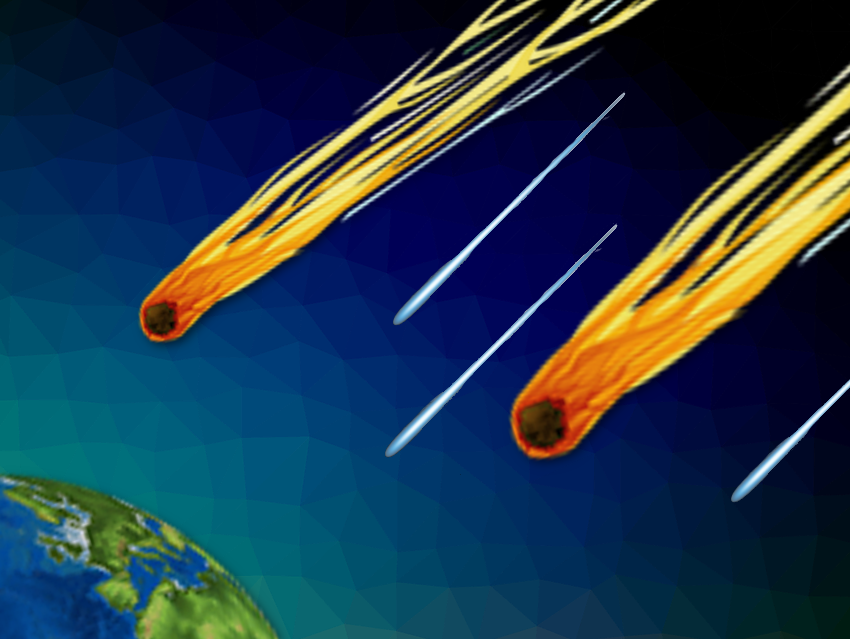Luke Daly, University of Glasgow, UK, Curtin University, Perth, Australia, University of Sydney, Australia, and University of Oxford, UK, and colleagues have analyzed an ancient asteroid using atom probe tomography (APT) to help solve the mystery about the source of Earth’s oceans. The S-type asteroid under study was collected by Hayabusa, a robotic spacecraft developed by the Japan Aerospace Exploration Agency (JAXA), from a small near-Earth asteroid named 25143 Itokawa, and brought to Earth in 2010.
In APT, atomic layers are removed from a sample by successive evaporation of material. This means that not only the surface but also the material itself can be examined. Computer methods reconstruct a three-dimensional view of the sample before evaporation and provide information on the structure of the sample on an atomic scale and the nature of the atomic species.
The team detected a significant amount of individual water molecules beneath the surface of dust-sized grains from Itokawa and suspects this was caused by space weathering: Solar winds are streams of mostly hydrogen and helium ions that are constantly flowing from the sun into space. When they hit an airless surface like an asteroid or a space-borne dust particle, they penetrate a few tens of nanometers below the surface. Here they can affect the chemical composition of the rock over time. This “space weathering effect” can expel enough oxygen atoms from silicate materials in the rock to create H2O trapped in minerals on the asteroid.
According to the researchers, the fragment of space-weathered rim contained enough water that, if scaled up, would amount to about 20 Lm−3 of rock. The researchers assume that in many airless worlds in our galaxy, such as the moon or the asteroid Vesta, some of the same space weathering process took place. This could mean that space explorers could potentially extract freshwater from the dust on the surface of a dry planet.
- Solar wind contributions to Earth’s oceans,
Luke Daly, Martin R. Lee, Lydia J. Hallis, Hope A. Ishii, John P. Bradley, Phillip. A. Bland, David W. Saxey, Denis Fougerouse, William D. A. Rickard, Lucy V. Forman, Nicholas E. Timms, Fred Jourdan, Steven M. Reddy, Tobias Salge, Zakaria Quadir, Evangelos Christou, Morgan A. Cox, Jeffrey A. Aguiar , Khalid Hattar, Anthony Monterrosa, Lindsay P. Keller, Roy Christoffersen, Catherine A. Dukes, Mark J. Loeffler, Michelle S. Thompson,
Nature Astronomy 2021.
https://doi.org/10.1038/s41550-021-01487-w



